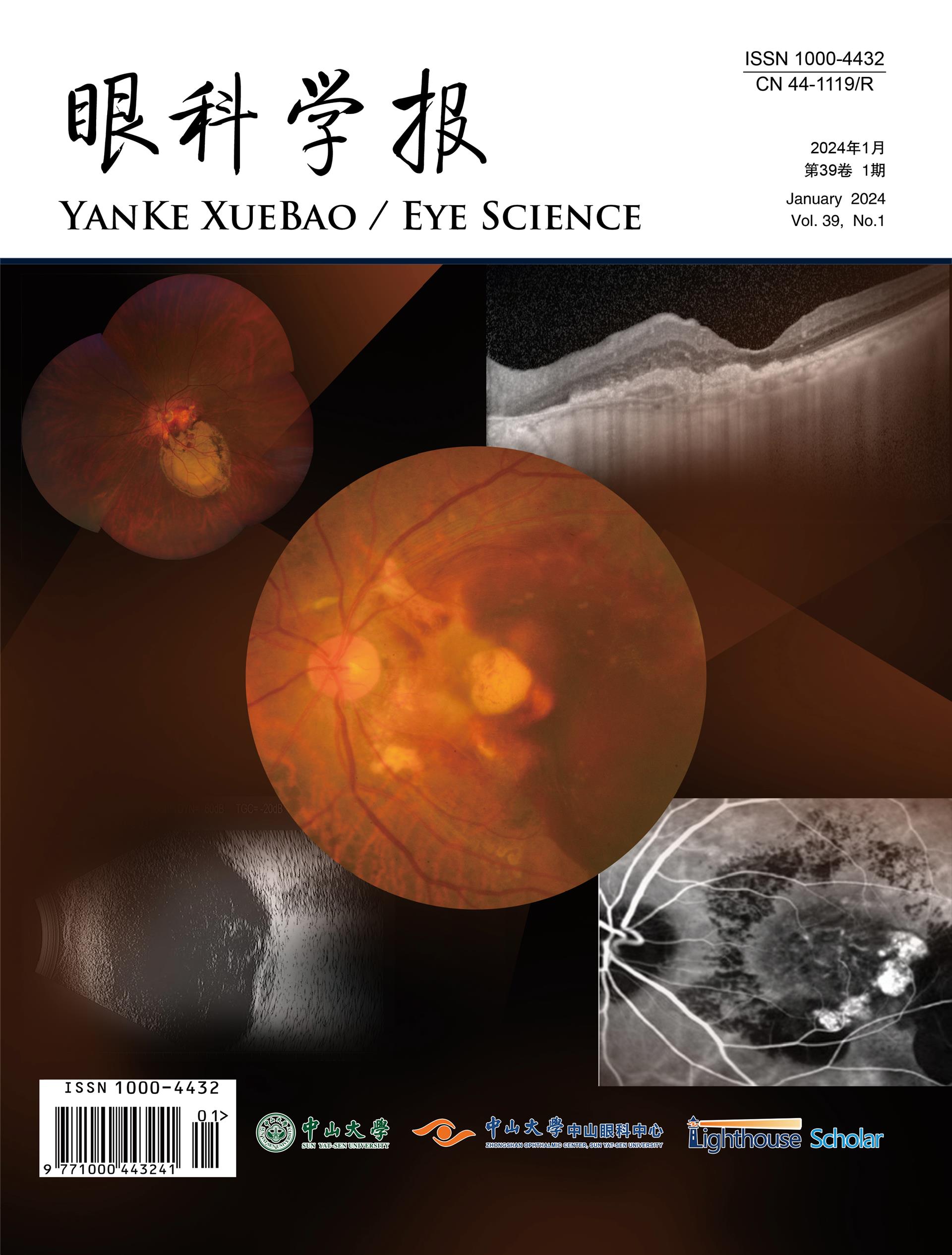Blindness prevention has been an important national policy in China. Previous strategies, such as deploying experienced cataract surgeons to rural areas and assisting in building local ophthalmology centers, had successfully decreased the prevalence of visual impairment and blindness. However, new challenges arise with the aging population and the shift of the disease spectrum towards age-related eye diseases and myopia. With the constant technological boom, digital healthcare innovations in ophthalmology could immensely enhance screening and diagnosing capabilities. Artifcial intelligence (AI) and telemedicine have been proven valuable in clinical ophthalmology settings. Moreover, the integration of cutting-edge communication technology and AI in mobile clinics and remote surgeries is on the horizon, potentially revolutionizing blindness prevention and ophthalmic healthcare. The future of blindness prevention in China is poised to undergo signifcant transformation, driven by emerging challenges and new opportunities.

















